
PRX Quantum
@PRX_Quantum
@APSphysics' highly selective, #OpenAccess journal for #QuantumInformation science and technology. Submit your article: https://go.aps.org/4fBL0TT
On the cover of our latest issue: A universal mixed-state quantum phase is identified and shown to be intrinsically connected to long-range conditional mutual information. Read the paper: go.aps.org/4i6pzLI

A new qubit representation of spin systems that natively respects global spin symmetry yields efficient Hamiltonians and quantum circuits for quantum simulation. go.aps.org/4lQcA27

Quantitative simulations of the continuum limit of generic scalar-field theories can be achieved using large-spin quantum lattice models implementable in analog quantum simulators. go.aps.org/4ks88Fy
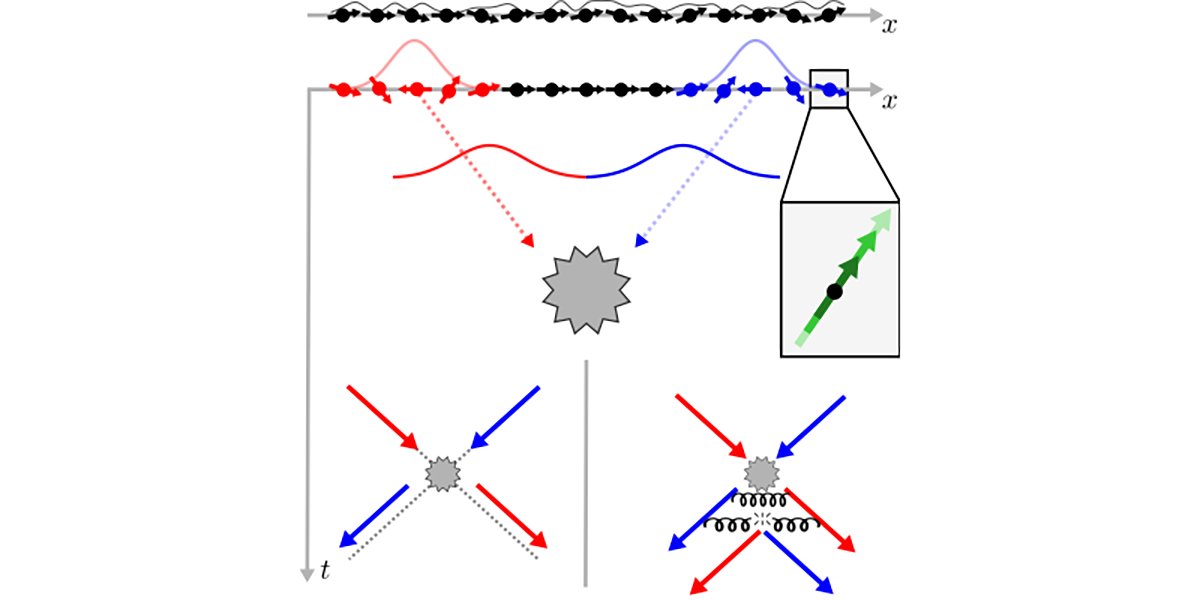
A shared resonator with parametric driving enables readout, two-qubit gates, leakage reduction, and qubit reset with a single device. go.aps.org/41azRno

A framework for the certification of quantum information transmission that works under minimal assumptions about the communication channel and takes into account practical information loss is proposed and experimentally verified. go.aps.org/46pbl5G
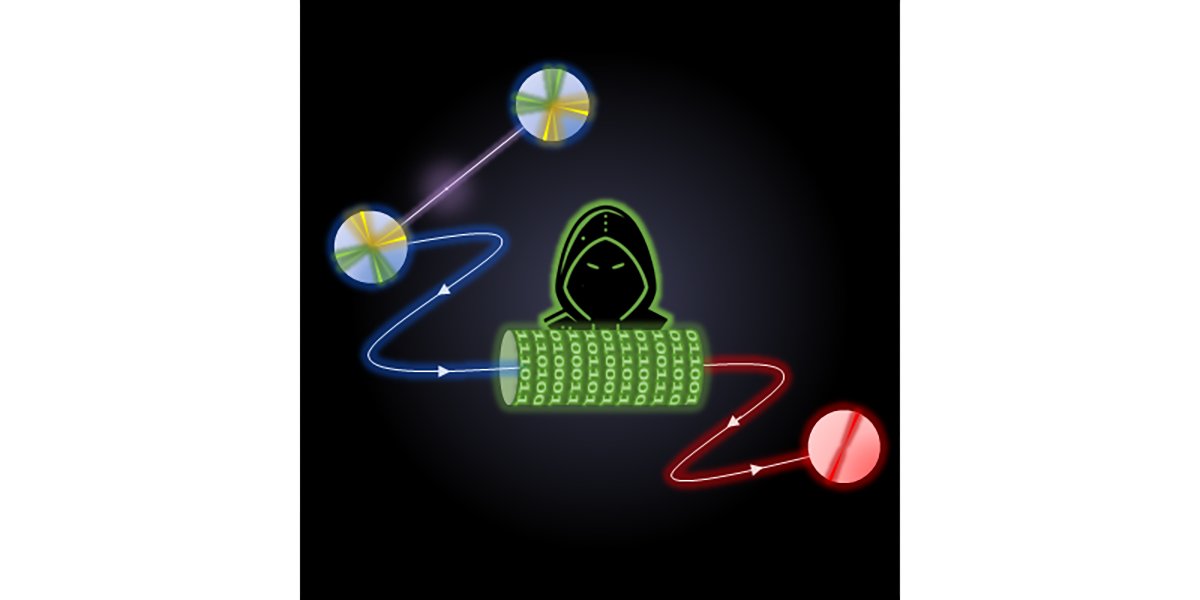
Unlocking the invisible: Optimal non-Gaussian quantum sensing protocols for detecting ultraweak stochastic signals could unveil elusive phenomena like quantum gravity and axions beyond the reach of conventional methods. @scienceANU @IQIM_Caltech go.aps.org/4lJFrFR
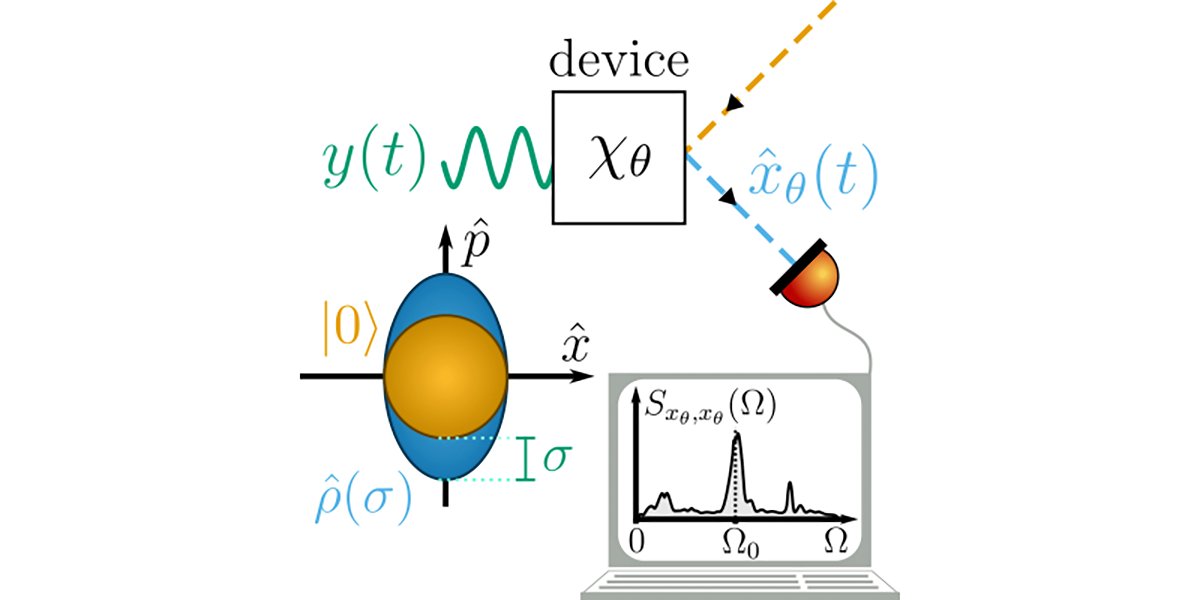
A new proposal shows how distributed entanglement between neutral-atom quantum processors can enable measurements of quantum dynamics at length scales where the curvature of spacetime is relevant. Article: go.aps.org/4f0Mlnj Viewpoint: go.aps.org/4lBiRPt
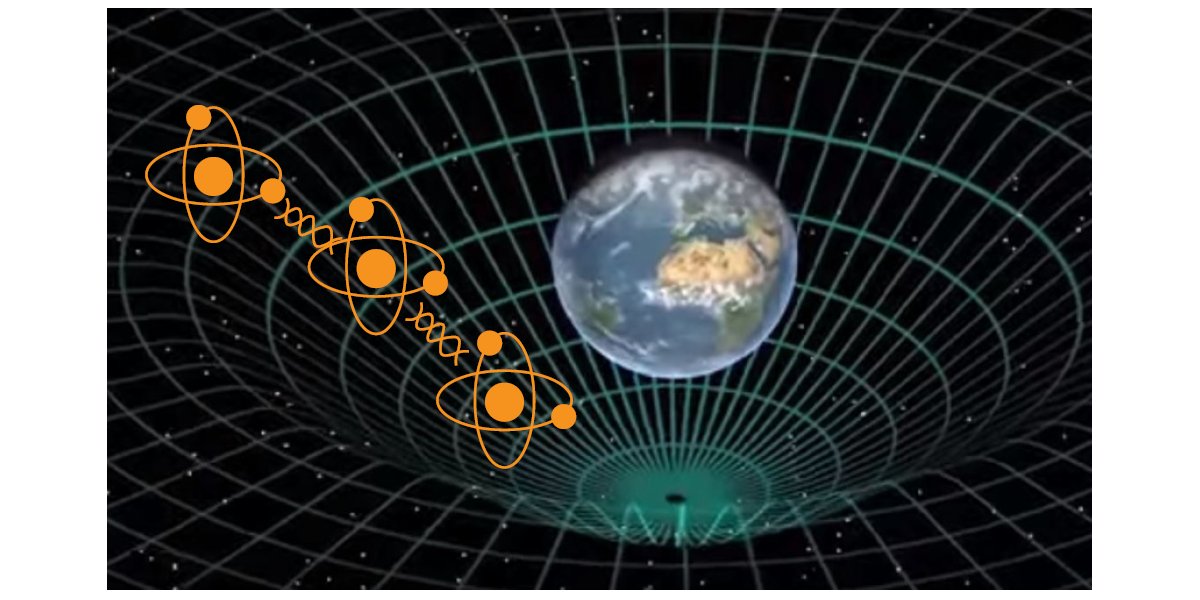
Unlocking the potential of many-body quantum systems for ultrasensitive quantum sensing, this work uncovers precision limits on dynamical and steady-state metrology and introduces practical strategies to attain them. @q_pvricard Check it out: go.aps.org/4m5rr9d
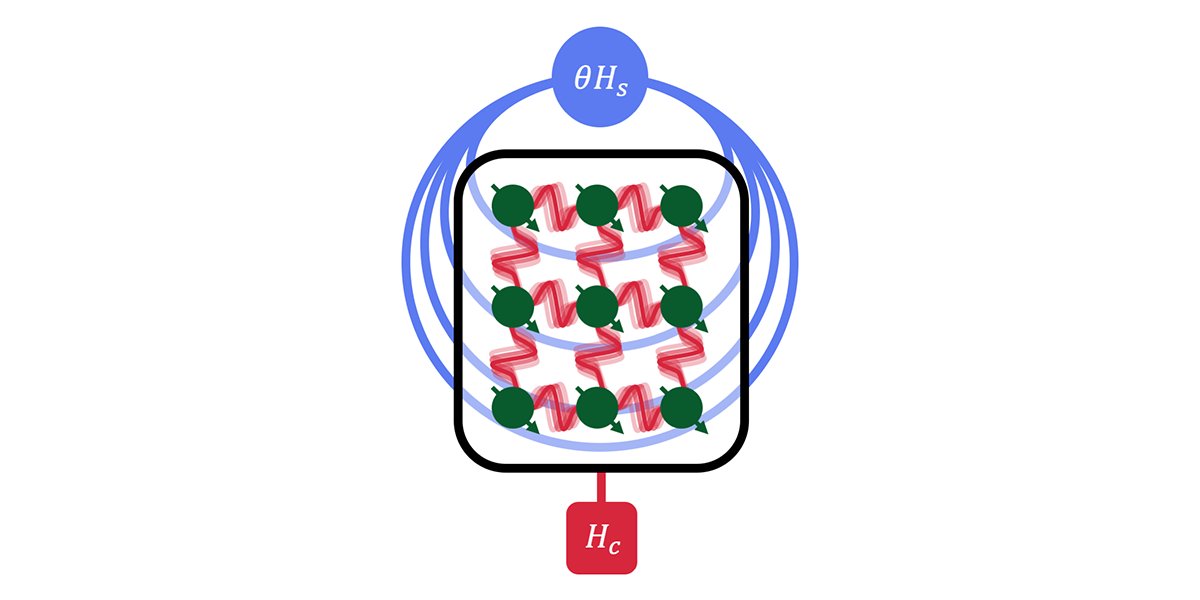
Microwave-driven dipolar interactions enable fast, resilient two-qubit gates for Rydberg atoms and avoid the need for precise optical phase control. journals.aps.org/prxquantum/abs…
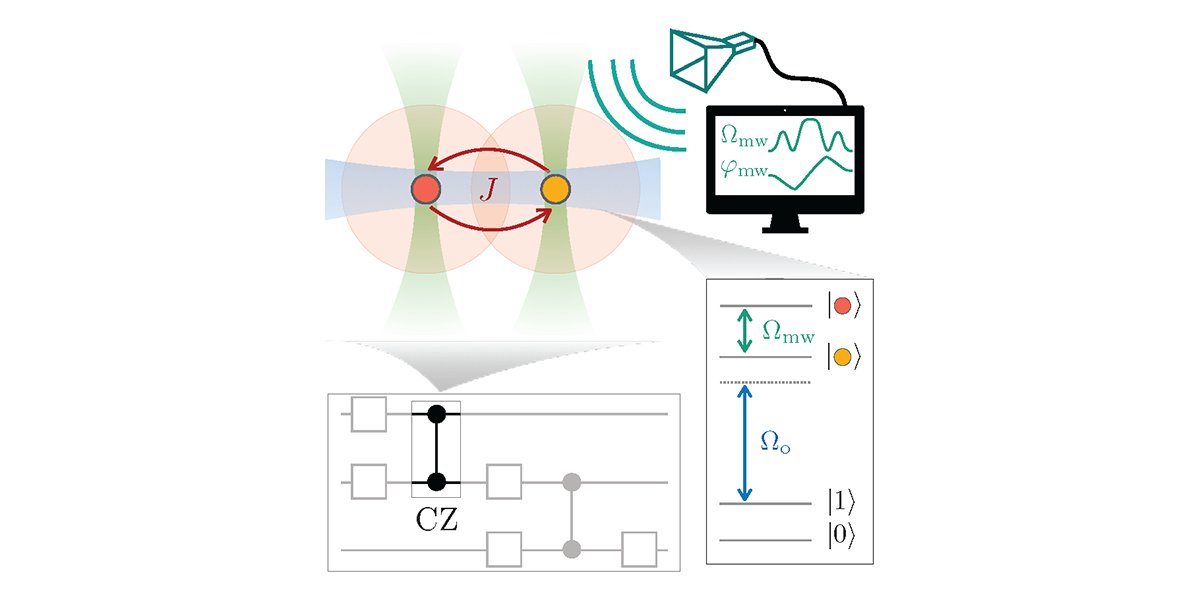
Real-time decision making based on strategic measurements for syndrome extraction can reduce computational overheads and improve logical error rates by interacting less with the system compared with conventional methods. @JointQuICS go.aps.org/40JmhaL

Our portfolio of peer-reviewed journals continues to rank among the top publications in physics, according to the 2024 Journal Citation Reports from @Clarivate. Click through for a look at our highlights from this year’s report. 🔗 go.aps.org/44uDyqk
Using superconducting transmon qubits to measure error syndromes of cat qubits provides a fast, reliable, and scalable system that reduces overhead for quantum error correction compared to systems without biased noise. go.aps.org/44qCyn9
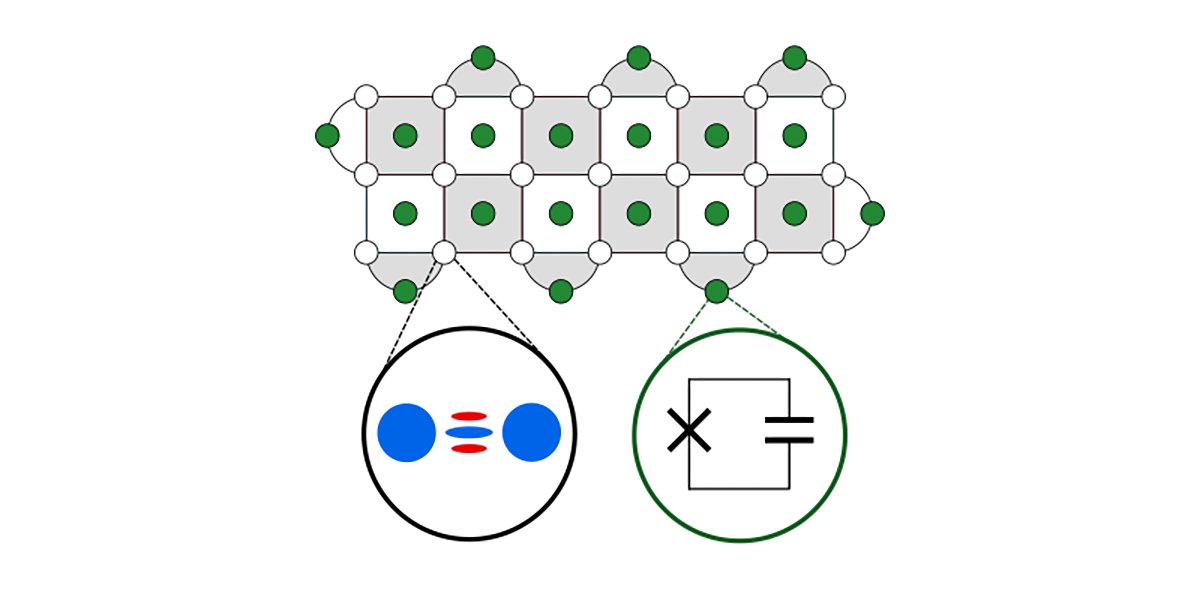
Immersing a superconducting qubit in superfluid helium-4 enables efficient dissipation of optically induced heat, supporting fast thermal recovery and high-power handling for microwave-to-optical quantum transduction. go.aps.org/3GeqkEV

Two distinct measurement processes—one conserving system particle number, the other conserving total particle number—yield nearly identical entanglement dynamics, highlighting the subtle role of conservation laws in measurement-induced phenomena. go.aps.org/4nJJmnw

A new analysis shows that Gibbs states of weakly interacting fermionic systems can be efficiently prepared on quantum computers using a Lindbladian with a size-independent spectral gap and a linear mixing time. go.aps.org/4l8ckvr

A new computational method provides access to spatially resolved photon statistics in arbitrary electromagnetic environments, paving the way for quantum light engineering in complex nanophotonic systems. go.aps.org/3InAd3x

A hybrid algorithm leverages quantum hardware and tensor networks to suppress simulation errors, outperforming either method alone. go.aps.org/46gNepy

Researchers from @UOsaka_en invent a way to efficiently prepare the “magic states” necessary for #quantum computers to be resistant to errors, and dramatically decrease overhead. Their technique involves working with #qubits at the physical or zeroth level. @PRX_Quantum
Quantized transport persists despite disorder and gap closing in a driven quasiperiodic system, revealing a robust route to engineer topological many-body states with high Chern numbers. @GottlobEmmanuel @UlrichCamPhy @CaMBQD @DeptofPhysics go.aps.org/3TbkMhb

Double microwave shielding is theoretically established as a universal and tunable method to suppress losses and control interactions in ultracold polar molecules. go.aps.org/3HVHdVj
